The World of Japanese Breakfast Food
Paulomi Barman
Posted on August 13, 2021
Share:
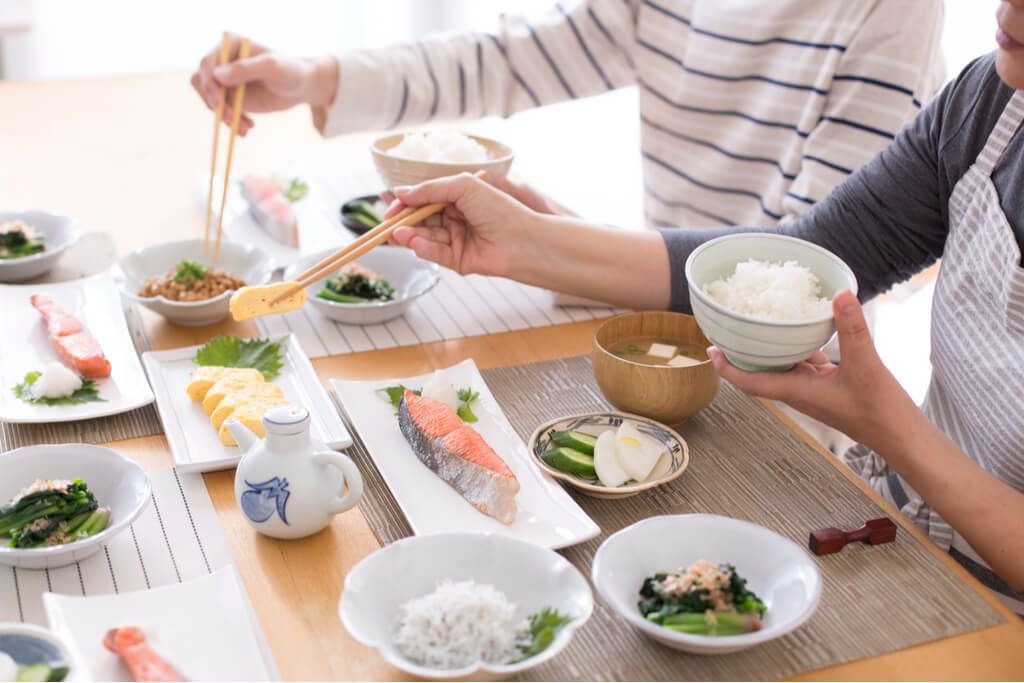
Most visitors to Japan are curious about the culture, especially Japanese cuisine. One of the most common questions is what Japanese people eat for breakfast, lunch, and dinner. Traditional Japanese meals, including Japanese breakfast food, are unique and very different from most of the world.
Generally, in Western countries, breakfast might involve some bread. Although Japanese bread is delicious and varied, it is not really a traditional part of the Japanese breakfast. So what do Japanese people eat for breakfast? The answer is simple. They eat a variety of breakfast dishes like most of the world in this modern era. However, a traditional Japanese breakfast is a unique experience from your usual morning meal.
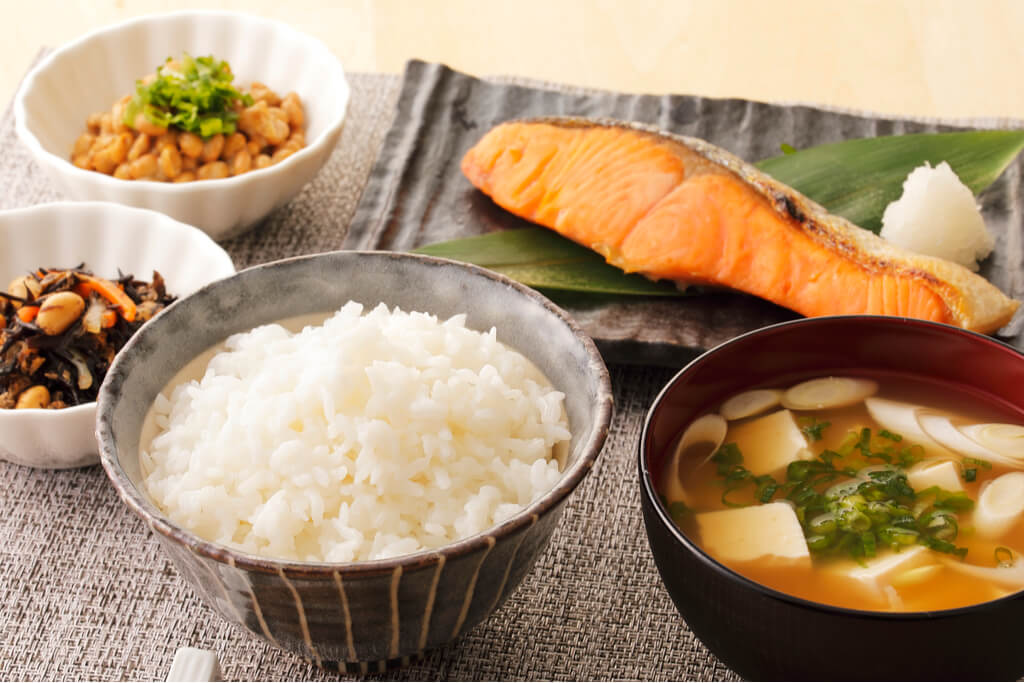
What is a Traditional Japanese Breakfast
A typical Japanese breakfast usually consists of rice, miso soup, a few side dishes, and protein, like grilled fish or chicken. Side dishes come in a wide variety, such as tsukemono (Japanese pickles), nori (dried and seasoned seaweed), natto (fermented soybeans), kobachi (a small side dish consisting of vegetables), or a green salad.
For health-conscious people, their general rule is to have a larger portion of breakfast than other meals. If you try out Japanese meals, you will notice that they are typically designed with various health benefits in mind.
Want to experience Japan in your home for breakfast, lunch, dinner, or tea time? Sakuraco delivers authentic Japanese sweets for you to enjoy right at home.
The Japanese prepare their breakfast using foods typically included in packed lunches or dinners. Despite this, Japanese meals are not typically heavy, as each item is served in smaller portions, making a suitable meal for one person. Moreover, the items are generally light and avoid being rich, oily, or heavy.
It is also a common belief that the first meal of the day provides the body with a substantial amount of energy. Japanese meals are typically well-composed in color, taste, texture, and, most importantly, nutrition.
Dishes Included In a Traditional Japanese Breakfast
The traditional Japanese breakfast is a smaller and simpler version of the famous Ichiju Sansai principle. Ichiju Sansai consists of a rice dish, soup, protein, and three other side dishes, usually consisting of seasonal Japanese vegetables. Let’s look at the most common breakfast items.
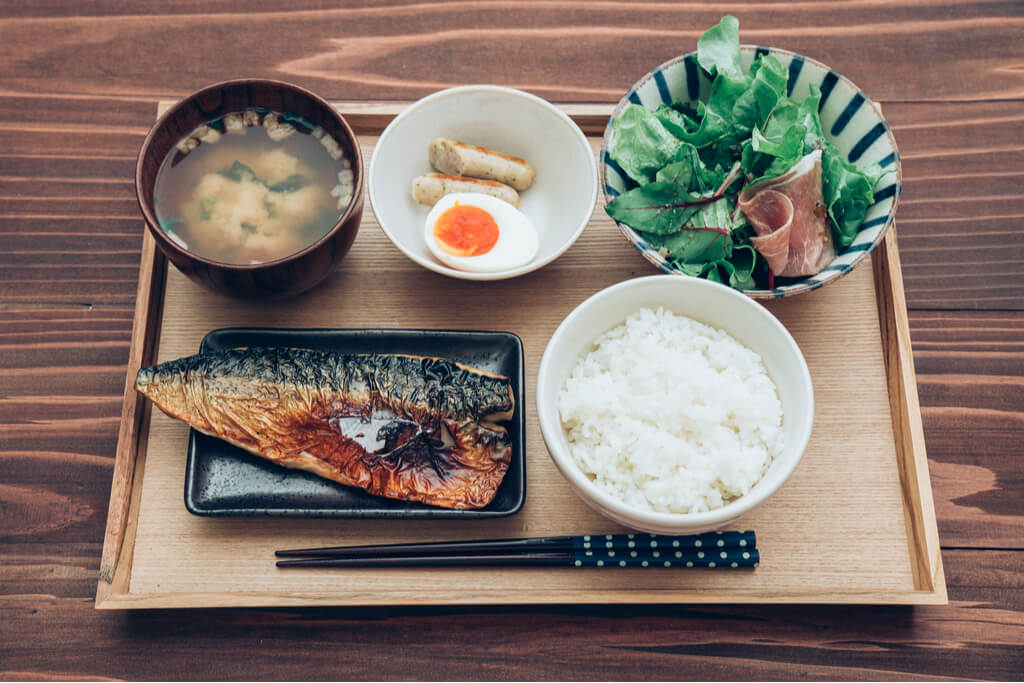
Gohan (rice)
Plain, white, steamed rice, or brown rice can be used. It is the most essential part of a Japanese breakfast. The rice dish is what ties the protein and side dishes together. Toppings like sesame seeds, pickled plums, or small, dried fish are ideal for adding flavor.
Miso Soup
Japanese households often make miso soup from scratch, using a fermented soybean paste and a dashi broth as the main ingredients. Chopped veggies, green onions, tofu, mushrooms, and seaweed are common soup ingredients. But if you do not have the time to follow this long process, you can quickly grab an instant miso soup packet readily available at the supermarkets.
Natto (Fermented Soybeans)
People often serve Natto as a high-protein Japanese breakfast, typically placing it over steamed rice. The dish consists of fermented soybeans with a strong aroma and taste, often seasoned with ingredients like soy sauce or mustard. This unique Japanese breakfast food contains proteins, minerals, fiber, Vitamin K2, and many other probiotics. You can buy pre-packaged natto from the more excellent section in any Japanese supermarket.
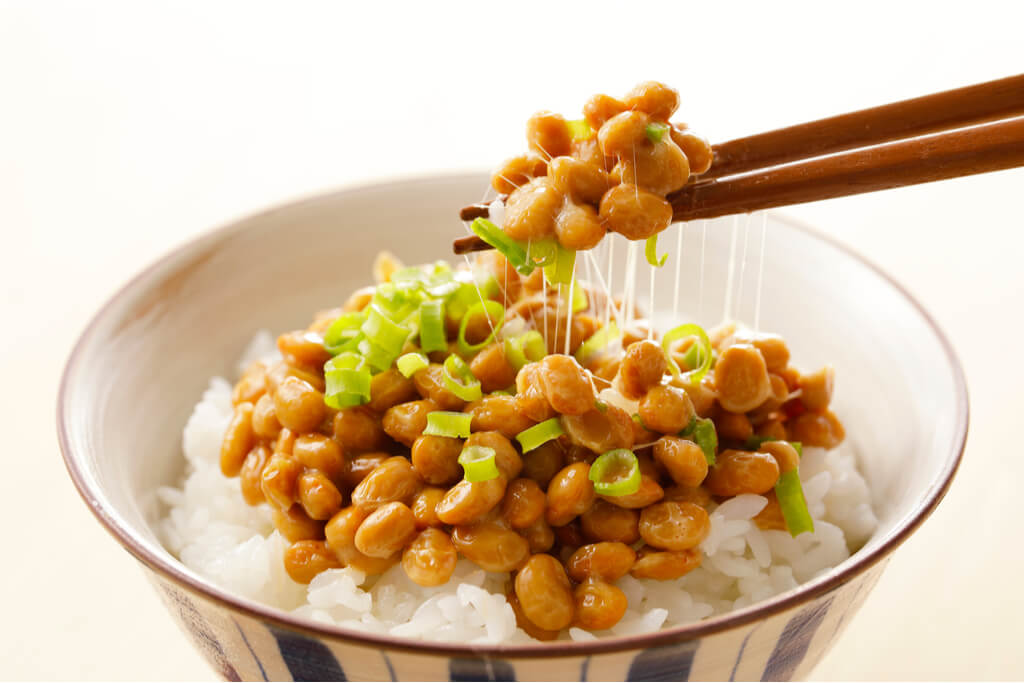
Grilled Fish or Chicken
Non-vegetarian proteins are ubiquitous in Japanese meals. Since Japan is an archipelago, fish is its most popular form of protein and a typical breakfast food. People usually prefer salmon and mackerel, which can be cooked in a pan or broiled in an oven. Chicken is also an option on the menu.
Pickled Vegetables
Pickled vegetables, or tsukemono, are prevalent in Japanese meals and are readily available in supermarkets. To make Japanese pickles, people pickle vegetables like cucumbers, onions, carrots, or cabbage with vinegar, salt, and sugar to create a mixed taste of sweet, tangy, and sour. It is believed that these pickles help stimulate one’s appetite. Japanese people often eat them with steamed rice as a side dish.
Seasoned Nori and Vegetable Sides
Seasoned nori is also a Japanese staple for breakfast. It can be wrapped around steamed rice or dipped in soy sauce. Also referred to as kobachi, it is a small serving of different vegetables and is very common in Japanese breakfasts.
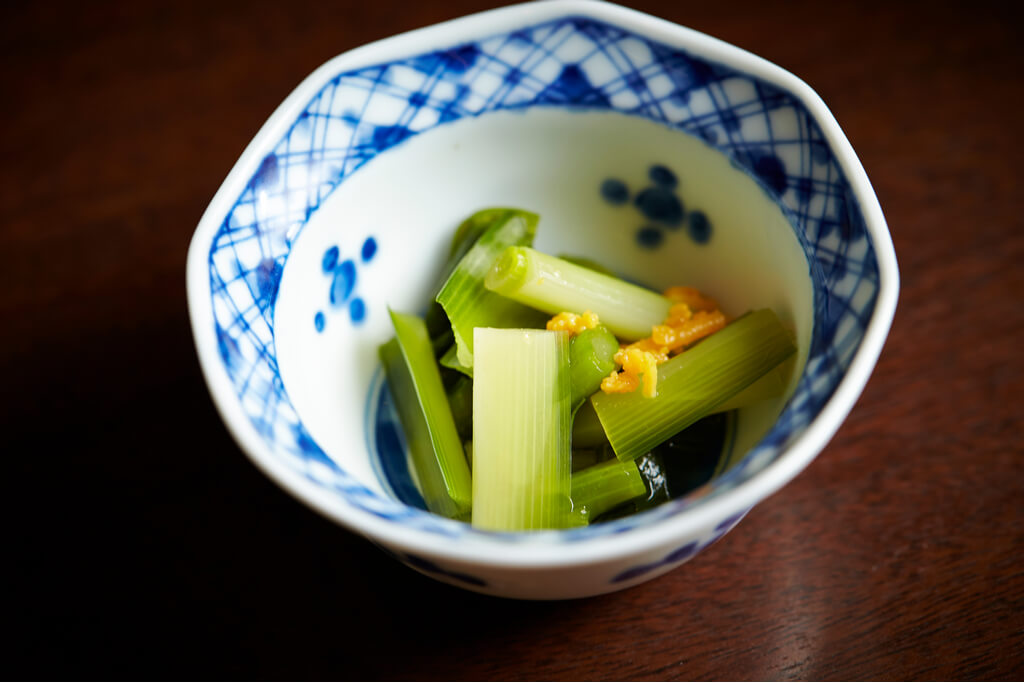
These small vegetable dishes are generally known as kobachi, and they can be either eaten fresh or as steamed vegetables. Kobachi may include carrots, beans, broccoli, spinach, tofu, and other fresh vegetables.
How To Prepare a Traditional Japanese Breakfast
It may seem like you have to prepare several dishes just for one traditional Japanese breakfast. One may wonder how Japanese people can actually pull themselves out of bed in the wee hours to prepare a full spread like that. However, Japanese people use a lot of shortcuts.
The best way is short and straightforward. It is absolutely okay to leave something out or substitute ingredients. Also, make good use of leftovers. Japanese people often use leftover rice or soup from last night. Rice can be reheated while preparing other dishes.
Another hack is to use the timer setting on your rice cooker so the rice is ready when you wake up. You can also resort to frozen or instant cooking options too. Pickles and vegetables can also be prepared beforehand to save some time.
If you ever want to treat yourself to an excellent breakfast, try making one with traditional Japanese breakfast food. After all, your mornings deserve the best, and there’s nothing better than a healthy, nutritious, and delicious breakfast.

Discover authentic flavors with Sakuraco
Get Sakuraco 

Discover authentic flavors with Sakuraco
Get Sakuraco 
Related Articles

Mount Fuji Tour: Great Adventures Await You This Summer!
Mount Fuji is one of the most famous landmarks in Japan. People worldwide visit to see its beauty and enjoy exciting yearly outdoor activities!

Mikoshi: Why Are These Portable Shrines So Important?
Japan’s summer festivals are known for their energy, color, and tradition. And at the heart of many lies the mikoshi.

Takachiho Gorge and More Natural Wonders from Kyushu
Kyushu is the southernmost main island in the Japanese archipelago. It is most well-known for its food, but is less famous for its natural beauty. The island contains many landscapes, including serene waters, soothing hot springs, and dramatic rock formations like Takachiho Gorge.

Kitakyushu to Kagoshima: An Amazing Kyushu City Tour!
Visiting these cities can help you understand more deeply how the past and present come together in everyday life. So let’s explore five of the most beloved cities on this fantastic island, starting from Kitakyushu!



